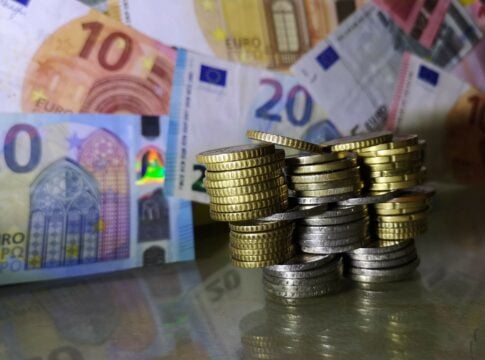By Vassilis Kostoulas
[email protected]
Swirling speculation in Athens over the past month of a pending return by the Greek state to capital markets, in the wake of the second review of the adjustment program in June and ahead of a coming third review, has again put the country’s creditworthiness under scrutiny and rekindled debate over when such a “foray” occurs and to what extent.
For Jacob Kirkegaard, a senior fellow of the Peterson Institute for International Economics, the first return by Greece to the markets for its borrowing needs – after a sole and timid exit in 2014 – belies the possibility that the current Tsipras government is eyeing a “launching pad” for an early election.
In an interview with “N”, Kirkegaard warned that a premature return to the markets by a still bailout-dependent Greece entails the risk of borrowing at interest rates that are too high for the country to bear.
With the third bailout program now some 13 months away from officially ending, and with all sides precluding the prospect of a fourth financing-linked memorandum, the noted economist also appeared pessimistic over the chances of a “sustainable” market return before August 2018.
“… I don’t think there are enough investors willing to take that risk on anything but very short-term debt unless the Syriza government begins to focus more on pro-growth policies and faithfully complete the program requirements quickly,” he stressed.
At the same time, he dismissed a widely held notion, especially in Athens’ corridors of power, that market investors are currently swayed by the current size of Greece’s external debt, pointing out that the biggest chunk is held by the European Stability Mechanism (ESM), what he called a “a very patient and de facto junior creditor.”
Conversely, he explained that the continuing exclusion of Greek bonds from the European Central Bank’s (ECB) Quantitative Easing (QE) asset purchase stimulus program is, indeed, a loss for Greece’s crisis-battered credit system.














